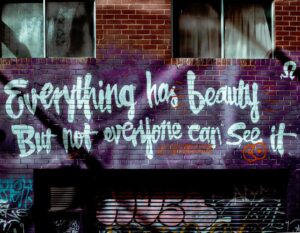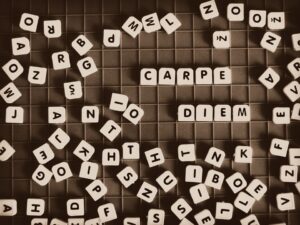[ad_1]
R Visualization: Unlocking the Power of Data Visualization with R
In today’s data-driven world, businesses and individuals alike rely heavily on the analysis and interpretation of data to make informed decisions. One powerful tool that aids in this process is data visualization. By visually representing complex data sets, we can uncover patterns, trends, and insights that are otherwise difficult to grasp.
One popular programming language used for data visualization is R, which offers a wide range of tools and packages specifically designed for this purpose. In this article, we will explore the world of R visualization and how it can revolutionize the way you analyze and present your data.
What is R Visualization?
R is an open-source programming language and software environment that is widely used for statistical computing and graphics. It provides a vast array of libraries and packages that enable users to create stunning visualizations from their data.
R visualization goes beyond simple charts and graphs. With R, you can create interactive plots, maps, networks, and even 3D visualizations. Its flexibility and versatility make it a preferred choice for data scientists, statisticians, and researchers across various industries.
Why Choose R for Data Visualization?
There are several reasons why R is the go-to language for data visualization:
1. Rich and Comprehensive Library: R boasts a vast collection of packages specifically tailored for data visualization. These packages, such as ggplot2, plotly, and lattice, offer a wide range of functions and features to create visually appealing and informative graphics.
2. Flexibility and Customizability: R provides users with the flexibility to customize their visualizations according to their specific needs. From color schemes and themes to labels and annotations, you have full control over every aspect of your visualization.
3. Reproducibility: R allows you to create reproducible visualizations, ensuring that your analysis and results can be easily shared and replicated. This is particularly important in research and scientific communities.
4. Integration with Statistical Analysis: R seamlessly integrates with statistical analysis, making it easy to perform data manipulation, modeling, and visualization in a single environment. This integration streamlines the analysis process and saves time for data scientists and analysts.
Types of R Visualizations
R offers a wide range of visualization options to cater to different data types and analysis goals. Some of the commonly used types include:
1. Bar Plots: Bar plots are ideal for comparing categorical variables. They display data as rectangular bars with heights proportional to the values they represent.
2. Line Plots: Line plots are used to visualize trends or changes over time. They involve plotting data points and connecting them with lines.
3. Pie Charts: Pie charts are popular for representing the composition of a whole. They divide a circle into sectors, with each sector representing a different category.
4. Scatter Plots: Scatter plots are effective in displaying the relationship between two numerical variables. They plot points on a graph, with each point representing an observation.
5. Heatmaps: Heatmaps are used to represent values in a matrix format. They use color gradients to depict the intensity of the values.
FAQs about R Visualization
Q: Can I create interactive visualizations with R?
A: Yes, R provides several packages like plotly and shiny that allow you to create interactive visualizations. These interactive plots enable users to explore and interact with the data, providing a more engaging and dynamic experience.
Q: Is R visualization only suitable for large datasets?
A: No, R visualization can be used for datasets of all sizes. Whether you have a small dataset or a large one, R offers a range of tools and techniques to visualize your data effectively.
Q: Can I export R visualizations to different file formats?
A: Yes, R allows you to export your visualizations to various file formats, including PDF, PNG, JPEG, and SVG. This flexibility allows you to use your visualizations in presentations, reports, or any other medium you prefer.
Q: Do I need programming experience to use R for visualization?
A: While programming experience can be beneficial, R provides a user-friendly interface and extensive documentation that make it accessible to users of all skill levels. With a little practice, anyone can create compelling visualizations using R.
Unlock the Power of R Visualization
In conclusion, R visualization is a game-changer when it comes to analyzing and presenting data. Its rich library of packages, flexibility, and integration with statistical analysis make it a preferred choice for data visualization among professionals in various fields.
Whether you are a data scientist, researcher, or business analyst, harnessing the power of R visualization can help you unlock valuable insights and communicate your findings effectively. So why wait? Dive into the world of R visualization and take your data analysis to new heights.
[ad_2]





